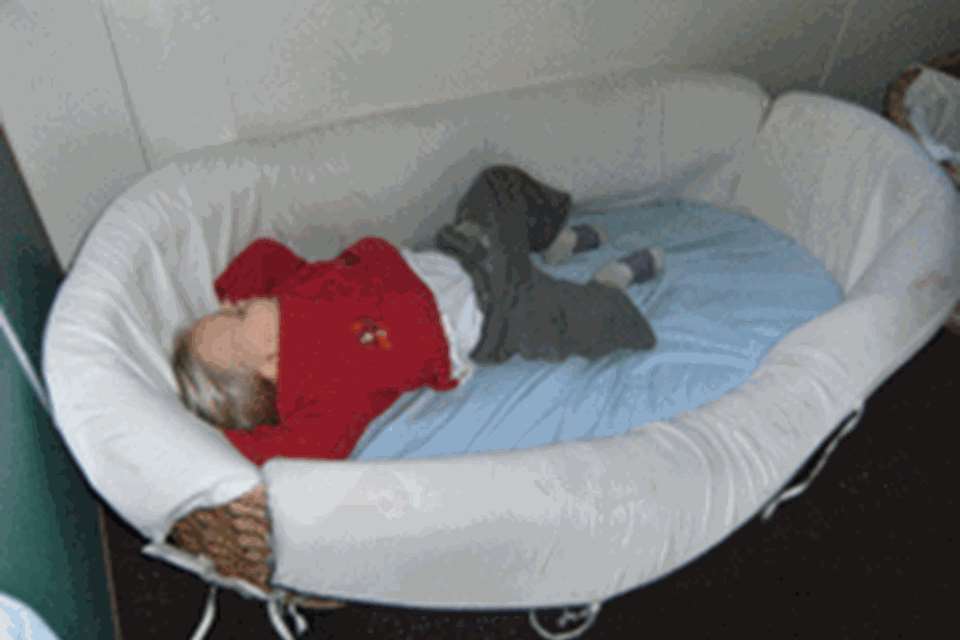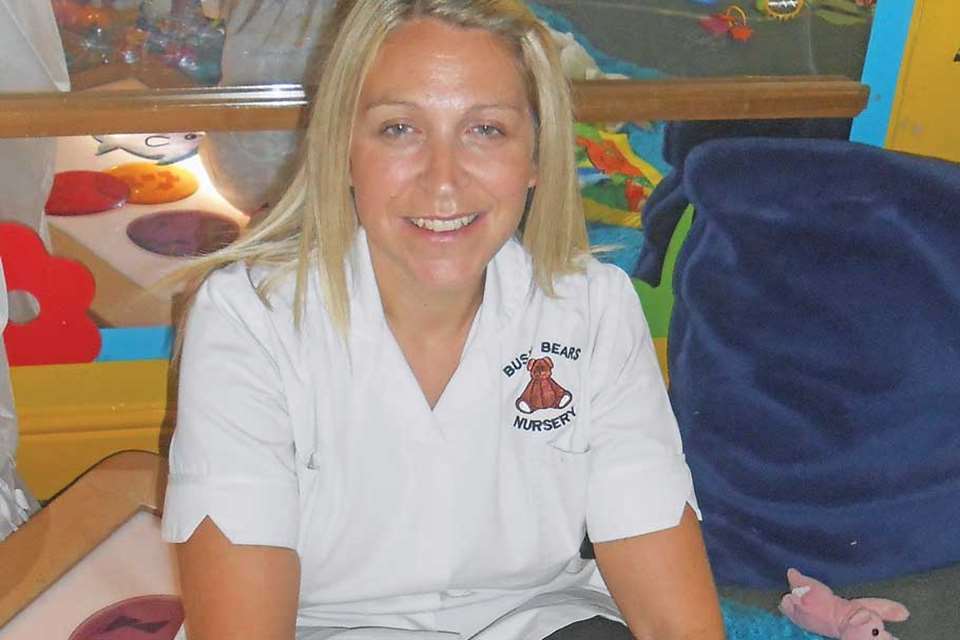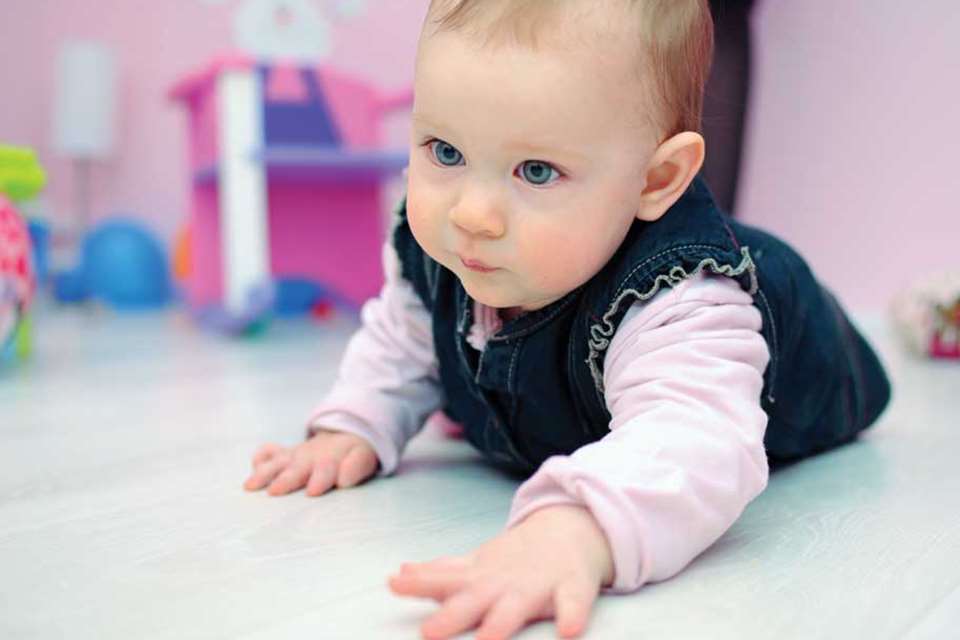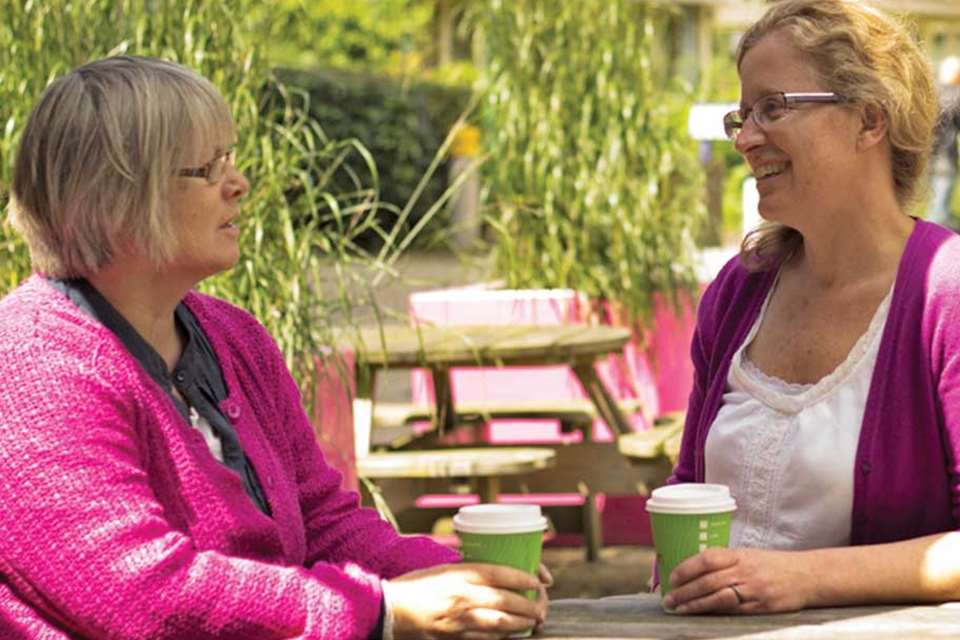Baby rooms - Still room for improvement?
Monday, June 29, 2015
Good practice begins with babies, but nurseries have historically focused more on older children. Three years on from the Baby Room Project, Hannah Crown asks if anything has changed.
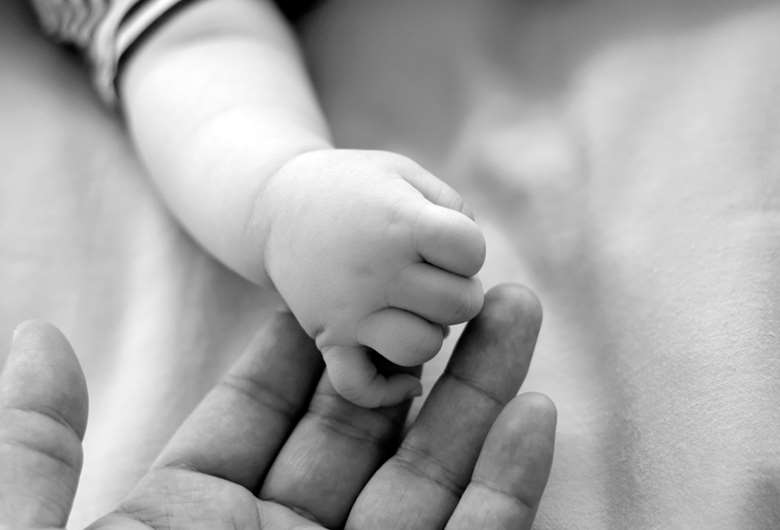
Babies' brains are developmental 'rocket science'. Alison Gopnik describes babies as 'true scientists, constantly conducting experiments, testing their ideas, and building understanding'. The professor of psychology at the University of California is joined in her praise of babies by Patricia Kuhl, from the University of Washington, who says 'there's rocket science going on' in babies' brains and calls all children potential 'geniuses' at acquiring language until they turn seven. Physically, also, babies have a biological drive to use their bodies, often setting their own challenges to overcome, just as athletes do.
Yet when it comes to hot topics in childcare, babies aren't high on the list. Conferences, training sessions and reams of literature are focused on improving the care of two-year-olds, and especially disadvantaged children.
But more than one in three children under two are now in formal childcare. This means about half a million babies spending up to 50 hours in a setting per week.
Many are in day nurseries, most of which have 'baby rooms'. These are often far from being laboratories of experimental discovery for children. Instead, baby rooms are often 'task and function oriented', says Kathy Goouch, co-originator of The Baby Room Project. 'You have, for example, 27 babies and nine adults. One might be responsible for changing, and it can be a conveyor belt.'
The project, devised and carried out by Dr Goouch and Professor Sacha Powell, found that babies were being cared for by a 'highly committed group of predominantly young women who felt themselves to be unsupported and overlooked in relation to their professional development'.
They were often the least qualified practitioners in the nursery and often worked alone, unaware of sources of information and apart from colleagues in other nurseries with whom they could share experience.
Dr Goouch says, 'We found it astonishing that nobody really understood what was going on in baby rooms, while many people in there were in this unfortunate position which was outside of their control: they didn't completely understand what was expected of them, apart from fulfilling tasks. That was the impetus for the work we started.
'We talked to people who said they were isolated - no professional development or training, and when any training was offered to them it was not targeted at babies or at them. Even when Ofsted inspectors visited, they often focused on funded children and sometimes didn't even go in the baby room.'
Despite this, Dr Goouch found practitioners 'extraordinarily hard-working, committed and conscientious' and 'extremely keen to have more information, help and professional development'. 'We learned to have huge respect for them,' she says.
IMPROVEMENTS?
Six years on from the project, Dr Goouch has identified a change in language at policy level. 'There has been a shift towards hearing about babies and young children. In policy documents we never had mention of the word "babies" before, but now we think that somehow our work has filtered sufficiently for people to understand that babies feature in the childcare equation.'
She adds, though, that in terms of a more formal response, when the findings of the Baby Room Project were presented to a group of ministerial advisers at Westminster, 'we didn't hear anything more about it. We often send publications to senior policymakers, but we rarely get anything back'.
In terms of practice, Dr Goouch says, 'I am not aware of any significant change. It is troubling. I worked for schools as a teacher and it was always the case that the head teacher never came near Reception, but was very comfortable with children who could have conversations with him. It's the same in nursery. A lot of time is still spent on school readiness; they are working very closely with the older children.
'There is still a view that babies are being minded while the adults are at work. I've been shocked to hear some people ask if babies in baby rooms are like left luggage.'
When it comes to training, there is evidence too that babies are overlooked. One example is the ECERS and ITERS rating scales, which give practitioners a means of evaluating quality in their setting using a series of indicators. Sandra Mathers, principal investigator in the department of education at the University of Oxford and expert in the scales at A+ Education, says that while a 'good number' of practitioners who had been on the ITERS training had worked in baby rooms, 'it is interesting that we have never been asked by a local authority to run professional development with a specific focus on babies, particularly if you contrast this with the huge focus on twos in the past few years.'
She adds, 'Given that research evidence on effects of attending group settings in the first year of life is mixed - and that the negative effects of long hours can be greater if children are experiencing poor quality - it's vital that practitioners working with the youngest children are well-qualified and trained.
'Although there has been some fantastic work like the Baby Room Project, there is very little continuing professional development (CPD) for those working with babies,' she says.
'When using tools such as ITERS, it is important to know why certain indicators are included in the scale, rather than making changes to get a higher score. Practitioners need a good understanding of the theory behind the practice and we don't always find this is the case.'
TEACHING AND QUALIFICATIONS
Have early years qualifications like the new Early Years Teacher (EYT) Status made any difference? Dr Goouch thinks not. 'In spite of all of the work done by Professor Cathy Nutbrown, we have changed the titles of people working in childcare but little else. We talk about EYTs - but this doesn't quite do it because the pay, conditions, training and education of those in the early years are still not equivalent to those of people working in schools. Until policymakers and the sector together really address these issues, it is just tinkering. And look at where the graduates are: it's very rare that you find them with babies.'
According to early years consultant Julia Manning-Morton, the understanding of quality by those training the next generation of those EYTs that do reach the baby room is also a problem. 'Most people in those positions in higher education have come from a teaching background with older children, not through a nursery background, so the level of expertise in teaching about younger children is less well developed,' she says.
Research has also shown that initial qualifications aren't themselves enough to enable practitioners to deal confidently with under-threes. The Two-Year-Olds in England report by Jan Georgeson, Verity Campbell-Barr and Sandra Mathers found that 'more can and should be done to ensure that qualification programmes at all levels include appropriate content to prepare practitioners to provide for children of different ages (particularly under-threes)'.
The report added that less than a fifth (18 per cent) of group setting leaders felt that current Level 3 qualifications were entirely fit for purpose in preparing early years practitioners to offer good quality for two-year-old children, with a further 60 per cent selecting 'somewhat fit for purpose' and a 18 per cent selecting 'not at all'.
There are other stresses on the system, too. 'We continue to have a patchwork structure of provision. We do not have a firm foundation for developing quality. Because providers are struggling all the time to manage the funding situation their eye isn't on the ball in developing quality,' says Ms Manning-Morton. A reduction in local authority funding for training and cover has also exacerbated this, she adds.
As a result, Ms Manning-Morton, who devised a Level 4 certificate in developing practice and provision with children from birth to three, says that in some areas, 'we're seeing a rise in the number of apprentices going into baby rooms'. She adds that 'students talk to me a lot about the difficulty of mentoring these people with so few qualifications and little understanding and the stress that is putting on the experienced staff'. Plus, she is now also seeing 'settings that understand that provision for babies needs to be small, but are now by necessity going up in size'.
INHIBITIONS
The lack of professional development and the low self-esteem identified in practitioners taking part in the project has a direct impact on practice. 'Some young practitioners are inhibited and have difficulty talking to babies,' says Dr Goouch. 'This is for a number of reasons: they said they felt shy, they didn't know how to, or said, "Babies don't talk back, so what is the point?" And it's true that without professional training and development it might not be immediately obvious why you should talk to babies.
There's also a gender issue here; if you are a young woman you are supposed to instinctively know how to respond to them.
'Some babies are in the baby room for 50-plus hours per week. That is a lot of time to be in the care of people who perhaps don't know very much about how babies think and learn, and who haven't been helped to develop knowledge through training.
'We felt strongly from the project that people needed CPD where there were questions about their practice. Otherwise, why wouldn't there be problems? If, for example, parents say, "I let them cry for five minutes at home; don't worry about it", practitioners may feel that they must do the same without the benefit of a more informed voice.'
Apart from a lack of training and qualifications, a lack of communication with peers added to the general paucity of information. Dr Goouch says, 'There need to be spaces available for people who work with babies and young children to talk.
'Once given the opportunity to exchange ideas informally, people would compare notes on things like looking after breast milk and it would emerge that some didn't offer this service because of lack of information or resources.'
One of the outcomes of the project was that practitioners were 'given a voice and a sense of self worth. One said, "We are the lowest of the low, aren't we?" That said it all,' Dr Goouch says. 'We told them that looking after babies was one of the most important jobs in society.'
She adds, 'We need to know what a good baby room looks like. We found this really hard to answer, but if a group of nursery managers could come up with something, that would be really exciting.'
MORE INFORMATION
- Nursery World has also set up a space on its forum called The Baby Room Network, as a place for practitioners to exchange information, ideas, and ask questions. It is anonymous and free to subscribers.It can be accessed here: http://forum.nurseryworld.co.uk/index.php?p=/categories/ baby-room-network
- Some groups provide art-based sessions for babies, which may be worth further investigation by nurseries. They include www.manchestergalleries.org/families/family-art-clubs and www.bac.org.uk/content/16030/visit_us/the_bees_knees/the_bees_knees
- The 6th Annual Baby Room Conference will take place 17 July in Margate, www.canterbury.ac.uk/education/conferences-events/ docs/2015/6th-babyroom-conference-2015.pdf
CASE STUDY: ROTHERHAM'S WONDER YEARS BABY ROOM PROJECT
Five years ago, two early years outreach workers, Jackie Foster Smith and Jackie Rhodes, identified the need to develop provision in baby rooms in Rotherham. Problem areas included adult-child interactions, mealtimes, sleep routines, not enough time outdoors and a need to develop the environment to provide a more natural approach.
Ms Rhodes visited Northamptonshire to learn about its Baby Room Project, including visiting settings and talking to trained practitioners. They won funding from Rotherham Metropolitan Borough Council's early years and childcare service to develop a ten-month project, which ran in full in 2010 and 2013, and was attended by 36 settings ranging from 'outstanding' to 'satisfactory'. Since then, the proportion of 'good' and 'outstanding' providers in Rotherham has risen from 55 per cent in 2010 to 85 per cent in 2015, some of which can be directly attributed to the impact of the project, says Jane Moore, the council's early years quality and curriculum adviser.
According to Ms Moore, the key aims of the project were to 'raise the profile of baby rooms to ensure that settings prioritised the need for high-quality practitioners and resources in baby rooms, thus ensuring babies had a high-quality early years experience'.
The project was a series of 10 monthly day or half-day training sessions covering issues such as brain development, the key person, tummy time, the appropriate indoor and outdoor environment, best practice in the prime areas of learning and development, and the adult role in communication. They were delivered by both outreach workers, who were both studying for Early Years Professional Status at Sheffield Hallam University, along with health experts discussing areas such as safe sleeping. Managers were invited to the first session where they were told 'that the project would challenge practitioners' current thinking and practice, and that they should be able to support practitioners to develop their practice and baby room provision'.
As a result of the training, all settings altered the way they changed nappies. Ms Moore says, 'For most of them it was a change to a more stimulating and interesting environment. Others chose to stop changing nappies using the "conveyor belt" system. Some settings ... only allow the key person to change their key children's nappies. The biggest change noted was in interaction during nappy changing, with practitioners making this time special for the babies.'
The outdoors was also key. Ms Moore says, 'For some, getting out for walks and into the outdoor play area on a regular basis was the biggest change.' Other areas included 'huge developments' on sleeping, including changing room temperatures, using cots instead of prams and bouncy chairs, creating areas for babies to choose when they wanted to rest and sleep, and having more confidence about discussing issues with parents.
They also introduced black-and-white materials for babies to play with, substituting plastic toys for natural materials, and providing more social mealtimes, for example using low chairs instead of high chairs so that all birth to twos could sit together around the table.
Training is now offered to settings in discrete units, while priority settings are still receiving visits from an early years adviser. Sheffield Hallam has developed a training video demonstrating good baby and toddler room practice. You can purchase it by emailing paula.williams@rotherham.gov.uk.


